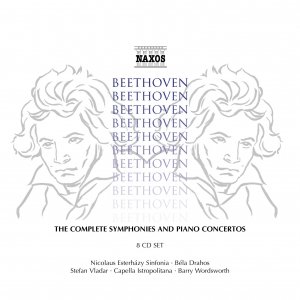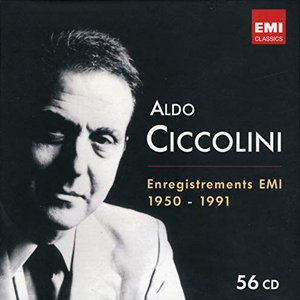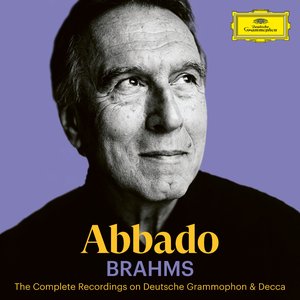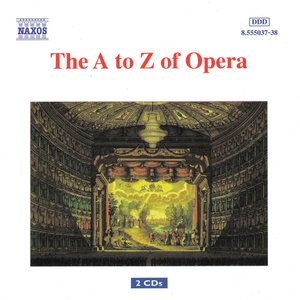Wiki
-
Length
2:46
Biography
Bagatelle No. 25 in A minor (WoO 59, Bia 515) for solo piano, commonly known as "Für Elise" (German: , English: "For Elise"), is one of Ludwig van Beethoven's most popular compositions. It was not published during his lifetime, only being discovered (by Ludwig Nohl) 40 years after his death, and may be termed either a Bagatelle or an Albumblatt. The identity of "Elise" is unknown; researchers have suggested Therese Malfatti, Elisabeth Röckel, or Elise Barensfeld.
History
The score was not published until 1867, forty years after the composer's death in 1827. The discoverer of the piece, Ludwig Nohl, affirmed that the original autograph manuscript, now lost, had the title: "Für Elise am 27 April zur Erinnerung von L. v. Bthvn" ("For Elise on April 27 in memory of L. v. Bthvn"). The music was published as part of Nohl's Neue Briefe Beethovens (New letters by Beethoven) on pages 28 to 33, printed in Stuttgart by Johann Friedrich Cotta.
The version of "Für Elise" heard today is an earlier version that was transcribed by Ludwig Nohl. There is a later version, with drastic changes to the accompaniment which was transcribed from a later manuscript by the Beethoven scholar Barry Cooper. The most notable difference is in the first theme, the left-hand arpeggios are delayed by a 16th note. There are a few extra bars in the transitional section into the B section; and finally, the rising A minor arpeggio figure is moved later into the piece. The tempo marking Poco moto is believed to have been on the manuscript that Ludwig Nohl transcribed (now lost). The later version includes the marking Molto grazioso. It is believed that Beethoven intended to add the piece to a cycle of bagatelles.
Whatever the validity of Nohl's edition, an editorial peculiarity contained in it involves the second right-hand note in bar 7, that is, the first note of the three-note upbeat figure that characterizes the main melody. Is it E4 or D4? Nohl's score gives E4 in bar 7, but D4 thereafter in all parallel passages. Many editions change all of the figures to beginning with E4 until the final bars, where D4 is used and resolved by adding a C to the final A octave. A point in favor of the D4 is that the ascending seventh of the motive in this form is repeated in sequence in bars 9 to 11 that begin the second section of the principal theme.
The pianist and musicologist Luca Chiantore argued in his thesis and his 2010 book Beethoven al piano (new Italian edition: Beethoven al pianoforte, 2014) that Beethoven might not have been the person who gave the piece the form that we know today. Chiantore suggested that the original signed manuscript, upon which Ludwig Nohl claimed to base his transcription, may never have existed. On the other hand, Barry Cooper wrote, in a 1984 essay in The Musical Times, that one of two surviving sketches closely resembles the published version.
Track descriptions on Last.fm are editable by everyone. Feel free to contribute!
All user-contributed text on this page is available under the Creative Commons Attribution-ShareAlike License; additional terms may apply.








